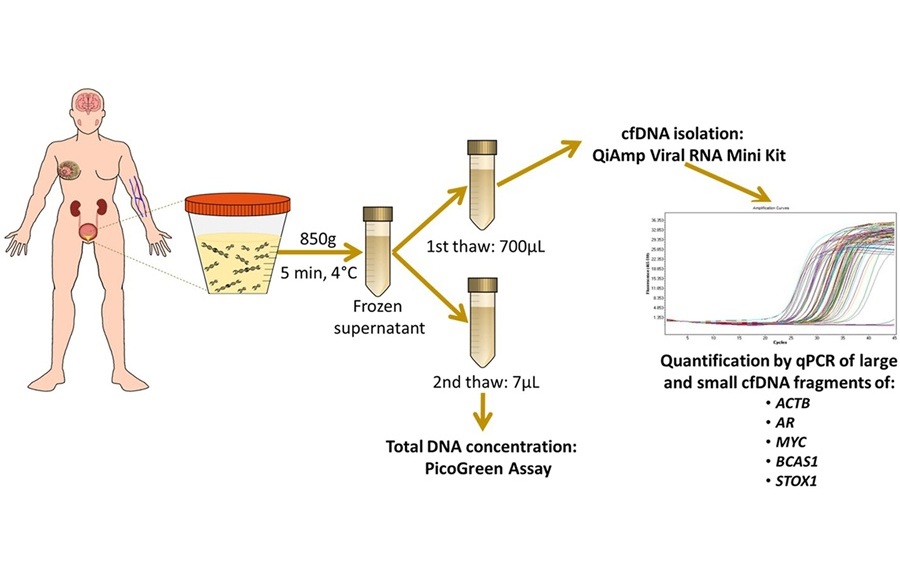Long-Read Genome Sequencing Diagnoses Rare Condition
By LabMedica International staff writers
Posted on 06 Jul 2017
Carney complex arises from mutations in the Protein Kinase CAMP-Dependent Type I Regulatory Subunit Alpha (PRKAR1A) gene, and is characterized by increased risk for several tumor types, particularly in the heart and hormone-producing glands, such as ovaries, testes, adrenal glands, pituitary gland and thyroid.Posted on 06 Jul 2017
Current clinical genomics assays primarily utilize short-read sequencing (SRS), but SRS has limited ability to evaluate repetitive regions and structural variants. Long-read sequencing (LRS) has complementary strengths, and LRS could offer a means to identify overlooked genetic variation in patients undiagnosed by SRS.
Scientists at Stanford University Medical Center (Stanford, CA, USA) and their colleagues performed low-coverage genome LRS to identify structural variants in a patient who presented with multiple neoplasia and cardiac myxomata, in whom the results of targeted clinical testing and genome SRS were negative. Genome sequencing involves snipping DNA into pieces, reading the fragments, and then using a computer to patch the sequence together. DNA carries our genetic blueprint in a double-stranded string of molecular "letters" called nucleotides, or base pairs. The study was carried out in collaboration with Pacific Biosciences, a biotechnology company (Menlo Park, CA, USA).
The team found that the LRS approach yielded 6,971 deletions and 6,821 insertions greater than 50 bp. Filtering for variants that are absent in an unrelated control and overlap a disease gene coding exon identified three deletions and three insertions. One of these, a heterozygous 2,184 bp deletion, overlaps the first coding exon of PRKAR1A, which is implicated in autosomal dominant Carney complex. RNA sequencing demonstrated decreased PRKAR1A expression. The deletion was classified as pathogenic based on guidelines for interpretation of sequence variants.
Euan Ashley, DPhil, FRCP, professor of cardiovascular medicine, of genetics and of biomedical data science, and senior author of the study, said, “This allows us to illuminate dark corners of the genome like never before. Technology is such a powerful force in medicine. It's mind-blowing that we are able to routinely sequence patients' genomes when just a few years ago this was unthinkable.” The study was published on June 22, 2017, in the journal GENETICS in MEDICINE.
Related Links:
Stanford University Medical Center
Pacific Biosciences














